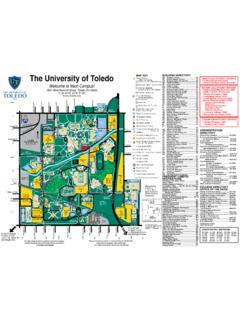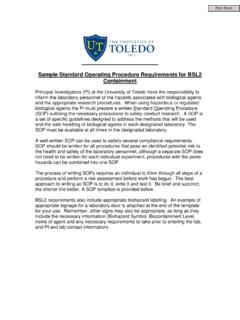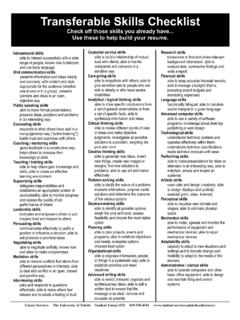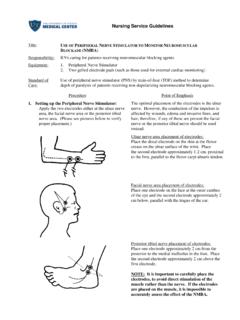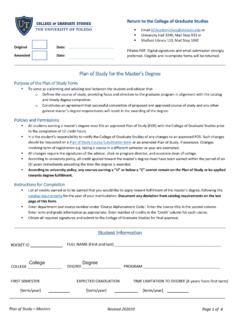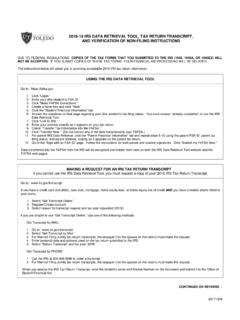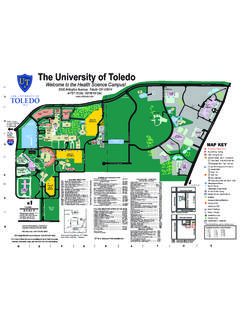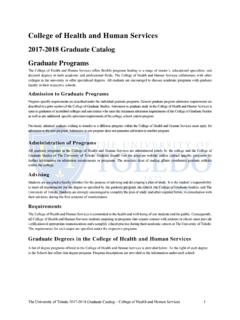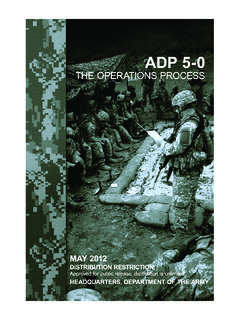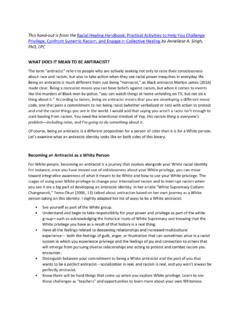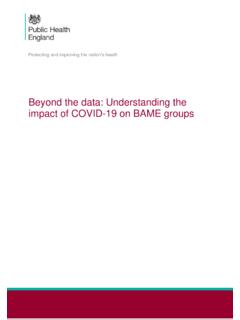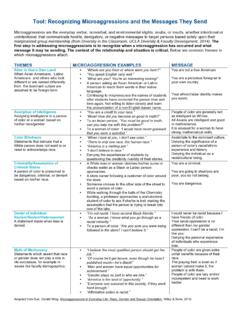Transcription of A critical look at systemic racism in education: The need ...
1 A critical look at systemic racism in education : The need for a racial equity policyHope Bland, , Africana Studies university of ToledoModerated by Lynne Hamer, 24, 2020 Anti- racism Teach-InsAugust-Labor Day, 2020On Zoomin toledo , Ohio It is hard for me to believe I finished high school in theyear 2000 touting so many racist ideas. A racist culture had handed me the ammunition to shoot Black people, to shoot myself, and I took and used racism is the real Black on Black crime ~KendiX IbramIbram X. Kendi, How to be an AntiracistRacist: One who is supporting a racist policy through their actions or inaction or Expressing a racist a marriage of racist policies and racist ideas that lead to racial inequity and are substantiated by racist ideas that produce and normalizes racial inequitiesAntiracist: Someone who is supporting an antiracist policy by their actions or expressing an antiracist ideaHow do we conceptualize systemic racism ?
2 " systemic racism includes the complex array of antiblackpractices, the unjustly gained political-economic power of whites, the continuing economic and other resource inequalities along racial lines, and the white racist ideologies and attitudes created to maintain and rationalize white privilege and means that the core racist realities are manifested in each of society s major parts [..] each major part of society the economy, politics, education , religion, the family reflects the fundamental reality of systemic racism ."Joe feagin"Racist America: Roots, Current Realities, and Future Reparations(2019)We are surrounded by racial inequity, as visible as the law, as hidden a our private thoughts.
3 ~IbramX. KendiIndividual RacismBeliefs, attitudes and actions of individuals that support or perpetuate racism . This is usually what we think of first when we think racism . Can occur at both a unconscious and conscious level. YWCA, Eliminating racism , empowering women, MankatoInstitutional RacismDone by individuals of informal social groups, governed by behavioral norms that support racist ideas within social and political institutions such as schools districts, the criminal justice system, housing. Occurs when a certain group is targeted and discriminated against based upon race inside institutions.
4 Often implicit in ideas and attitudes, so often unnoticed by the individual expressing it. YWCA, Eliminating racism , empowering women, MankatoStructural RacismNormalization and legitimization of an array of dynamics, historical, cultural, institutional, and interpersonal that routinely advantage Whites while producing cumulative and chronic adverse outcomes for people of color. A system of hierarchy and inequity, primarily characterized by White supremacy-the preferential treatment , privilege and power for White people at the expense of Black, Latinx, Asian, Pacific Islander, Indigenous/Native, Arab and other racially/ethnically oppressed people.
5 YWCA, Eliminating racism , empowering women, MankatoRacism itself is Institutional, Structural, and systemic ~KendiX. IbramHistory of Institutional racism in US Public Schools Dating to the 1800 s, Native American children were taken from their homes and forced into boarding schools; forced to abandon their native language and adopt a foreign religion. education was used to assimilate to white culture forcibly. Institutional racism created a belief that White culture was far better than the Native American way Racial biases expressed with Chinese.
6 Chinese American-children were barred completely from going to school In California in the 1800s, for example, school administrators routinely denied Chinese American children entrance into schools based on their ancestry. Although Tape v. Hurley (1884) established that Chinese American children had the right to attend public schools, California school boards continued to be permitted to force Chinese American students to be educated in segregated Chinese schools for decades thereafterAmity L. NoltemeyerJulie MujicSacred Heart university CavenS.
7 McLoughlinHistory of Inequity in education Schools also routinely excluded Latino students from educational opportunities during the turn of the twentieth century, particularly in the southwest region of the United States where Latinxpopulations were more expansive. It was not until 1931 that the first successful local school desegregation court decision made by a San Diego judge in Roberto Alvarez v. The Lemon Grove School Board -prohibited the TheHistory of Inequity in education Lemon Grove School Board from turning away Mexican American students.
8 However, the rationale behind the decision was not wholly driven by social justice for all; rather, the judge determined that children of Mexican origin were considered to be of the White race, and consequently were not subject to segregation rules that applied to other minority races. These are merely a few of the many instances of racial discrimination and exclusion within our nation's schools. History of Institutional racism in US Public Schools Because of its centrality to the topic of disproportionality, the discriminatory treatment of Black students in our nation's educational system warrants particular scrutiny.
9 Africans began their experiences in America as indentured servants or slaves, neither of which were labor situations that they entered into willingly. Instead, the capture of Africans on Africa's western coast and their transportation across the Atlantic in chains established a persistent precedent for the lack of rights and inequitable treatment of Blacks prior to the Civil War. During the early years of slavery, most Whites blocked Blacks in America freed or enslaved from obtaining opportunities for education . In fact, the 1800s ushered in an increasing number of state laws that made it illegal for Black students to be taught to read and write in the SouthAmity L.
10 NoltemeyerJulie MujicSacred Heart university CavenS. McLoughlinHistory of Inequity in education Some individuals and organizations educated Black individuals with private funds, although these initiatives typically were driven by a desire to teach Christian principles to the slaves The Quakers also had a strong role in educating Black Americans. In the late 1700s, the New Jersey and Philadelphia Quakers each opened a school for Black learners, and such efforts continued to expand into the 1800s. Although such advances were promising, these individuals continued to be excluded from higher education until Oberlin College became the first college to admit Black students in 1833.
